Could Minivans Become Popular Again?

While often derided as highly unfashionable, minivans really are the Swiss Army knife of vehicles. They’re people haulers, cargo carriers, mobile campsites, and can even improvise as work vehicles for when a utility van (the Leatherman of vehicles) is unavailable. Minivans also drive more like cars than the brutes occupying the SUV and pickup segment, making them easier for some drivers to live with.
With vans having enjoyed a cultural renaissance during the 1970s, minivans hit the ground running in the mid-1980s and continued to swell in popularity until the millennium. By then, North Americans were buying an estimated 1.5 million minivans a year. But that’s also where society decided to apply the brakes. Sport utility vehicles and crossovers have effectively supplanted the van as the default family conveyance — though recent sales figures have suggested those dying flames are now being rekindled.
According to a report from The Wall Street Journal, minivans are enjoying a comeback that may foreshadow something bigger. It even goes so far as to suggest that the body style is poised for a serious comeback. While that may be a little optimistic at this juncture, there is some supportive data that they’re making some headway.
Some of this was anecdotal. The outlet noted that Kim Kardashian purchased a custom $400,000 Maybach minivan for a television program and that there’s been an increase in pro-van groups on social media. We’ve also spent the last several years seeing van culture redefined online ( with young adults attempting to frame the body type as a way to escape the trappings of a mundane existence. They’re showcasing vans as adventure vehicles. However, the preferred options are often larger utility models that have been converted into a mobile living unit.
Harder evidence of the culture evolving was provided thanks to some numerical data. The Wall Street Journal suggested most of the online groups were growing their userbase despite Americans using social media less often. Sales data also seemed to support minivans’ return to grace.
The average price of minivans as a category was up 43 percent nationally in the first quarter of 2022 — though that was staged against the same period in 2017 because the last few years have been kind of insane. This represents the single largest percentage gain of any vehicle category during a period where just about everything has gotten substantially more expensive. Meanwhile, North America’s preferred minivan — the Toyota Sienna — saw its U.S. deliveries surge from a paltry 42,885 units in 2020 to a whopping 107,990 in 2021. Again, the last few years have been outliers due to the pandemic. But they’ve also helped to reshape the industry in strange and interesting ways.
From WSJ:
Toyota says sales of its Sienna — the nation’s bestselling minivan in 2021, according to Edmunds — more than doubled last year from 2020.
Doug Eroh, president of Longo Toyota in El Monte, Calif., says the dealership has stopped taking Sienna orders, with a wait list of 1,500 hopeful buyers he says will likely take more than a year to satisfy.
But not all minivans have seen similar bumps in volume. The Honda Odyssey saw sales decline by 9 percent in 2021, despite the model owning nearly a quarter of the entire segment. Still, minivan sales were up by 16 percent (year over year) as a whole. Meanwhile, commercial vans (e.g. Ford Transit, Mercedes-Benz Metris) saw an 8 percent drop against 2020, with Ram ProMaster (often viewed as the bargain option) variants being one of the only models to see a meaningful increase in sales volume.
My take? People simply cannot afford to be as choosy anymore. It’s the same reason you’re seeing fewer sporting vehicles targeting middle-class consumers. Baby boomers are aging out and the younger generations simply don’t have the same purchasing power, so they’re opting back into affordable alternatives (e.g. motorcycles) for recreation and viewing automobiles in terms of how many boxes they can check. Minivans are ideal here a jack of all trades, even if they don’t mark any singular category with the same gusto as a more-focused vehicle might.
But it’s honestly still difficult to see a future where they suddenly supplant crossovers as North America’s dominant form of transportation. As a former minivan owner and lifelong advocate, I’ll be the first one to blindly suggest it’s the superior platform in most instances. However, most families can make do without one, especially if they’re on the smaller side and do-it-yourself projects aren’t part of anybody’s weekly routine. Minivans have also had a few historic blind spots (e.g. NVH) that the industry has addressed without solving the problem for the entire segment due to the way the vehicles are designed.
Despite vans seemingly having gained some ground of late, these victories have still left them with an incredibly small share of the overall market. For 2021, they only managed to outsell large sedans — another wonderful segment that’s been almost completely abandoned by the industry — resulting in their holding just a total U.S. market share of just 4.5 percent. While that has come at the expense of utility vans, there’s some cautious optimism that minivans might be poised for a resurgence in popularity. Though manufacturers will ultimately need to start producing and marketing them in earnest and just hope it coincides with consumer tastes if we’re expecting to see them on the road in truly great numbers.
[Images: Toyota; Stellantis; Honda]

A staunch consumer advocate tracking industry trends and regulation. Before joining TTAC, Matt spent a decade working for marketing and research firms based in NYC. Clients included several of the world’s largest automakers, global tire brands, and aftermarket part suppliers. Dissatisfied with the corporate world and resentful of having to wear suits everyday, he pivoted to writing about cars. Since then, that man has become an ardent supporter of the right-to-repair movement, been interviewed on the auto industry by national radio broadcasts, driven more rental cars than anyone ever should, participated in amateur rallying events, and received the requisite minimum training as sanctioned by the SCCA. Handy with a wrench, Matt grew up surrounded by Detroit auto workers and managed to get a pizza delivery job before he was legally eligible. He later found himself driving box trucks through Manhattan, guaranteeing future sympathy for actual truckers. He continues to conduct research pertaining to the automotive sector as an independent contractor and has since moved back to his native Michigan, closer to where the cars are born. A contrarian, Matt claims to prefer understeer — stating that front and all-wheel drive vehicles cater best to his driving style.
More by Matt Posky
Latest Car Reviews
Read moreLatest Product Reviews
Read moreRecent Comments
- Tassos Tim is not that good with colors.The bright "pink" is not pink, but FUCHSIA. Both colors may look good on a woman's sweater, but not on steel panels.
- Tassos While I was a very satisfied owner of a much earlier Accord COupe 5 speed (a 1990 I owned from 1994 to 2016), I don't like the exterior styling of this one so much, in fact the 2017 sedan looks better. Or maybe it sucks in white. The interior of my 1990 was very high quality, this one looks so-so. The 157 k miles were probably easy highway miles. Still, Hondas are not Toyotas, and I remember the same service (like timing belt replacement) back then cost TWICE for an Accord than for a Camry. Add to this that it has the accursed CVT, and it's a no. Not that I am in the market for a cheap econobox anyway.
- 3-On-The-Tree My 2009 C6 corvette in black looks great when it’s all washed and waxed but after driving down my 1.3 mile long dirt road it’s a dust magnet. I like white because dust doesn’t how up easily. Both my current 2021 Tundra and previous 2014 Ford F-150 3.5L Ecobomb are white
- Bd2 Would be sweet on a Telluride.
- Luke42 When will they release a Gladiator 4xe?I don’t care what color it is, but I do care about being able to plug it in.



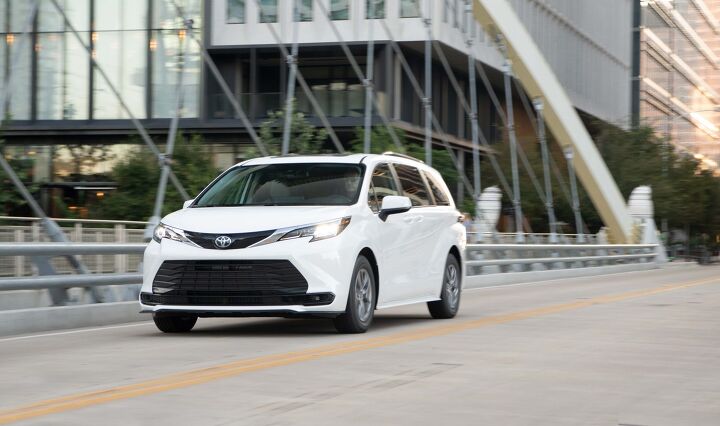


















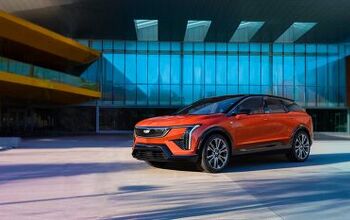
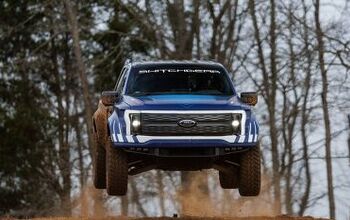


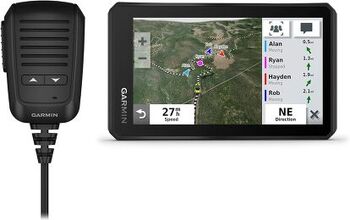


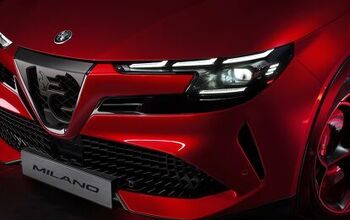
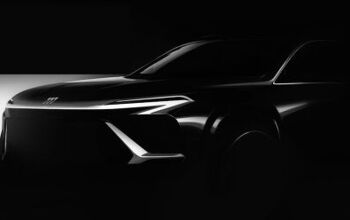
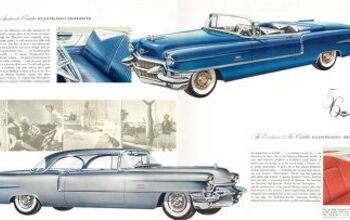

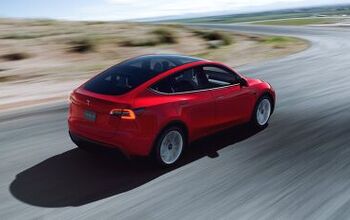
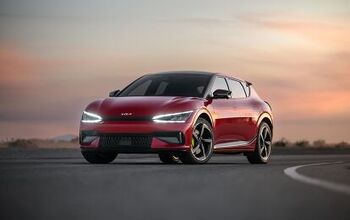
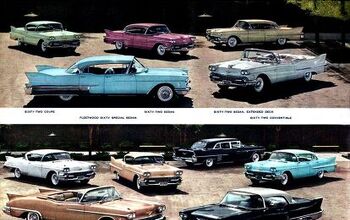
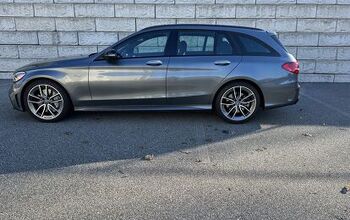
Comments
Join the conversation
wife *will NOT* buy a mini-van come hell or high water - i soooo want a sienna or an AWD chrysler but not happening even after my son potentially effed-up the transmission in her SUV (don't ask) but we've been talking about getting a hybrid for about a year now so maybe we can skip that and just get a BEV small car and i can keep my subaru and make do?? sadly it'd be get a new car, get rid of my subaru and i inherit her SUV... (yes i gave my mom hell in my youth) btw. 1 used kidney for sale!
As mentioned above, I'm surprised at the dearth of Kia comments. I love my 2016 Sedona. As a jumbo sized person (6'2"/320#) I find it quite spacious. The big thing for me is shoulder room. In most cars my shoulder is wrapped around the doorpost when I put the seat back all the way. Even wider cars like the Mazda Cx9 often have the seat located too close to the door. I also like that I can get in and out without hitting my head like I do in the Pacifica or Odyssey, though the Sedona is still short enough to knock my hat off if I'm wearing one. My Sedona is the 6th minivan I've had in the past 25 years. Even though I'm not hauling kids around anymore I still think of minivans as one of the world's greatest inventions.